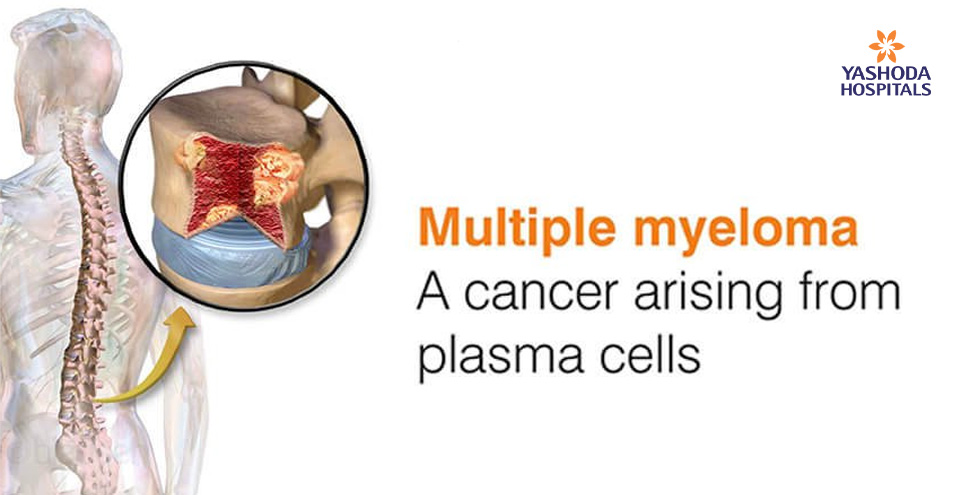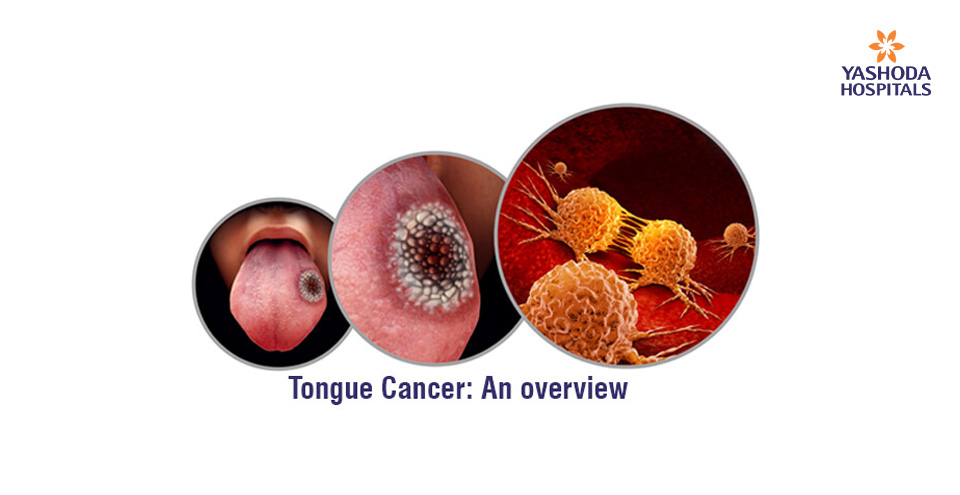How to diagnose and treat Multiple Myeloma?

Multiple myeloma is characterized by the overgrowth of plasma cells in the bone marrow. These plasma cells crowd out the normal blood-forming cells. The plasma cells help in producing antibodies, and in fighting infections. The treatment of multiple myeloma is based on its stage.
Symptoms
People suffering from multiple myeloma experience severe bone pain (chest or spine), heavy nausea and constipation, total loss of appetite, feeling confused and easily fatigued, weight loss and numbness of legs, and excessive thirst.
Causes
Multiple myeloma is a condition where cancer cells keep building up in the bone marrow. These cells crowd out healthy white blood cells and red blood cells. The person with multiple myeloma suffers from fatigue and weakened resistance. The myeloma cells produce abnormal antibodies (monoclonal proteins or M proteins) that build up in the body and damage the kidneys. Multiple myeloma begins with a condition called monoclonal gammopathy of undetermined significance (MGUS). This stage is marked by the presence of M proteins; however there is no damage to the body.
Risk factors and complications
The actual causes for multiple myeloma are not known. It is found that, increasing age, gender and race, and history of MGUS are possible reasons for multiple myeloma. People suffering from multiple myeloma face complications viz. frequent infections, bone pain and thinning of bones, reduced kidney function, and low red blood cell count (anemia).
Test and Diagnosis
The doctors usually come to know of multiple myeloma while studying the blood and urine test reports of patients. The presence of M proteins in the blood may suggest the condition of multiple myeloma. The diagnosis process for multiple myeloma includes, blood and urine tests, followed by bone marrow test, and imaging tests that include X-ray, MRI, CT / positron emission tomography. In the advanced stage (stage 3) multiple myeloma, the cancer cells spread to other organs viz. kidneys and bones.
Treatment
The course of treatment depends on the stage of multiple myeloma. Periodic blood and urine tests help in keeping a check on the progress of the condition, and help the doctors to start the right treatment process. Some of the standard treatment options include
Targeted therapy: Drugs like bortezomid (velcade) and carfilzomib (kyprolis) help to block the action of a substance in myeloma cells that breaks down proteins. Biological therapy: Drugs that enhance the body’s immune system help to identify and attack cancer cells. Chemotherapy: Chemotherapy drugs kill myeloma cells, and high dosage of chemotherapy drugs are prescribed before the start of stem cell transplant. Corticosteroids: Corticosteroids can be taken in pill form or administered through a vein in the arm. Stem cell transplant: The myeloma cells infected bone marrow is replaced with healthy bone marrow. Radiation therapy: High energy beams are used to shrink myeloma cells and stop their growth. Once diagnosed for multiple myeloma, the patients are provided with a mix of treatments, that includes targeted therapy, biological therapy, corticosteroids, and chemotherapy.



















 Appointment
Appointment Second Opinion
Second Opinion WhatsApp
WhatsApp Call
Call More
More





